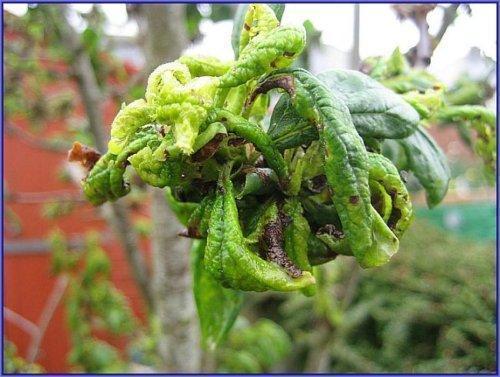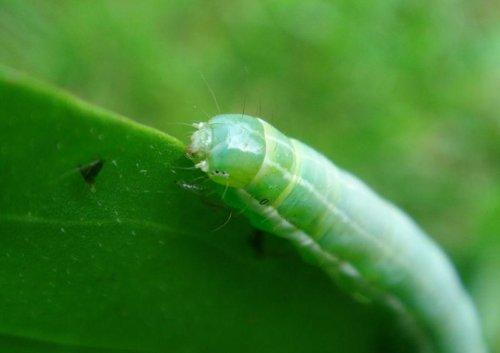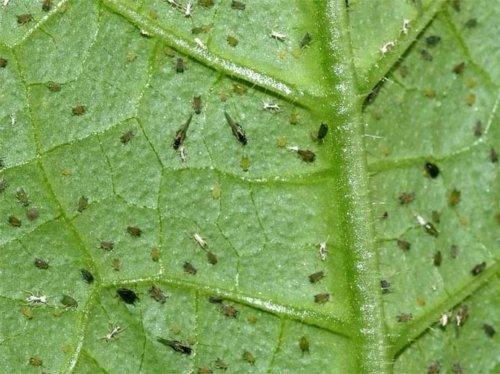We use effective folk remedies in the fight against pests in the garden
Garden pests are the real scourge of every summer resident. Numerous insects try to leave those who like digging in the ground without a crop. And pest control of the garden with folk remedies is a reliable way to solve this problem without resorting to potent poisons. Let's talk about the use of proven recipes against the most common pests.
We fight aphids
Perhaps it is the aphid that gives summer residents and gardeners the most problems. The milk secreted by these insects closes the pores, causing the leaves to curl up and die. It is not difficult to notice such leaves - every day there are more and more of them on damaged plants.
A surefire way to combat aphids is with a soapy solution. Take 300 grams of laundry soap and dilute with 10 liters of water. Leaves are sprayed with a ready-made solution, where aphids were seen - insects die quite quickly.
We fight with cabbage
Cabbage butterflies often deprive summer residents of a large part of the harvest. They themselves are harmless, but their caterpillars damage the cabbage heads, because of which they begin to rot faster. The caterpillar itself looks very unpleasant, and leaves huge holes in the leaves behind.
If you do not want to use pesticides, then ash infusion is very effective against cabbage caterpillars. Take at least 400 grams of pure wood ash and dilute with 10 liters of water. Boil for 30 minutes and let cool. The resulting solution is sprayed on heads of cabbage, on which parasites have been seen. Caterpillars die pretty quickly.
Solving the thrips problem
Another annoying category of insects that damage crops are thrips. These tiny insects suck the juice from the leaves, bringing them to death. Moreover, they harm cucumbers and roses, grapes and peppers with equal success.
It is best to use an infusion of marigolds against them. 50-60 grams of petals are poured into a liter of water, after which it is boiled for 1-2 minutes. Then the "broth" is infused for two to three days and the leaves are sprayed with the resulting infusion.